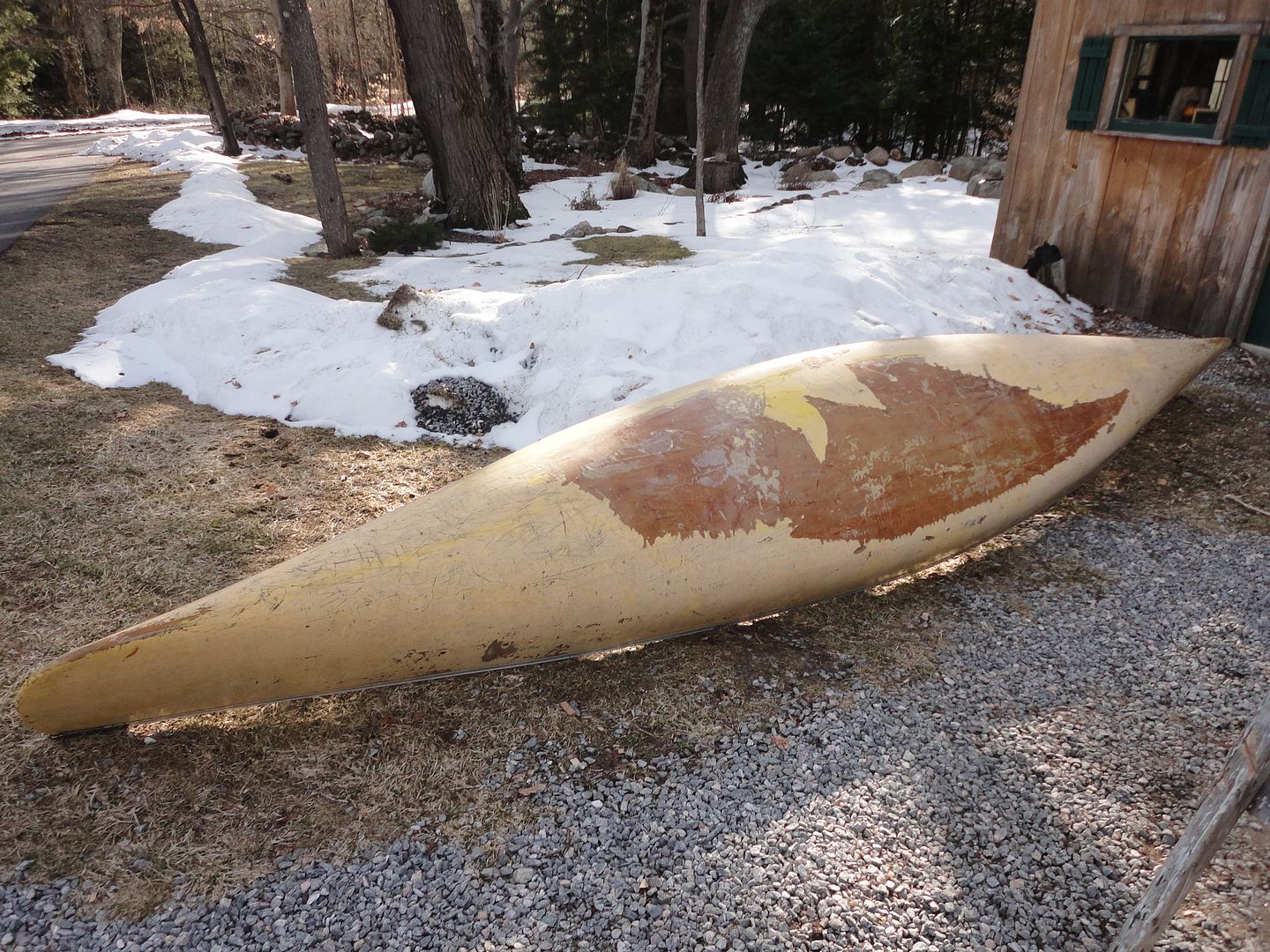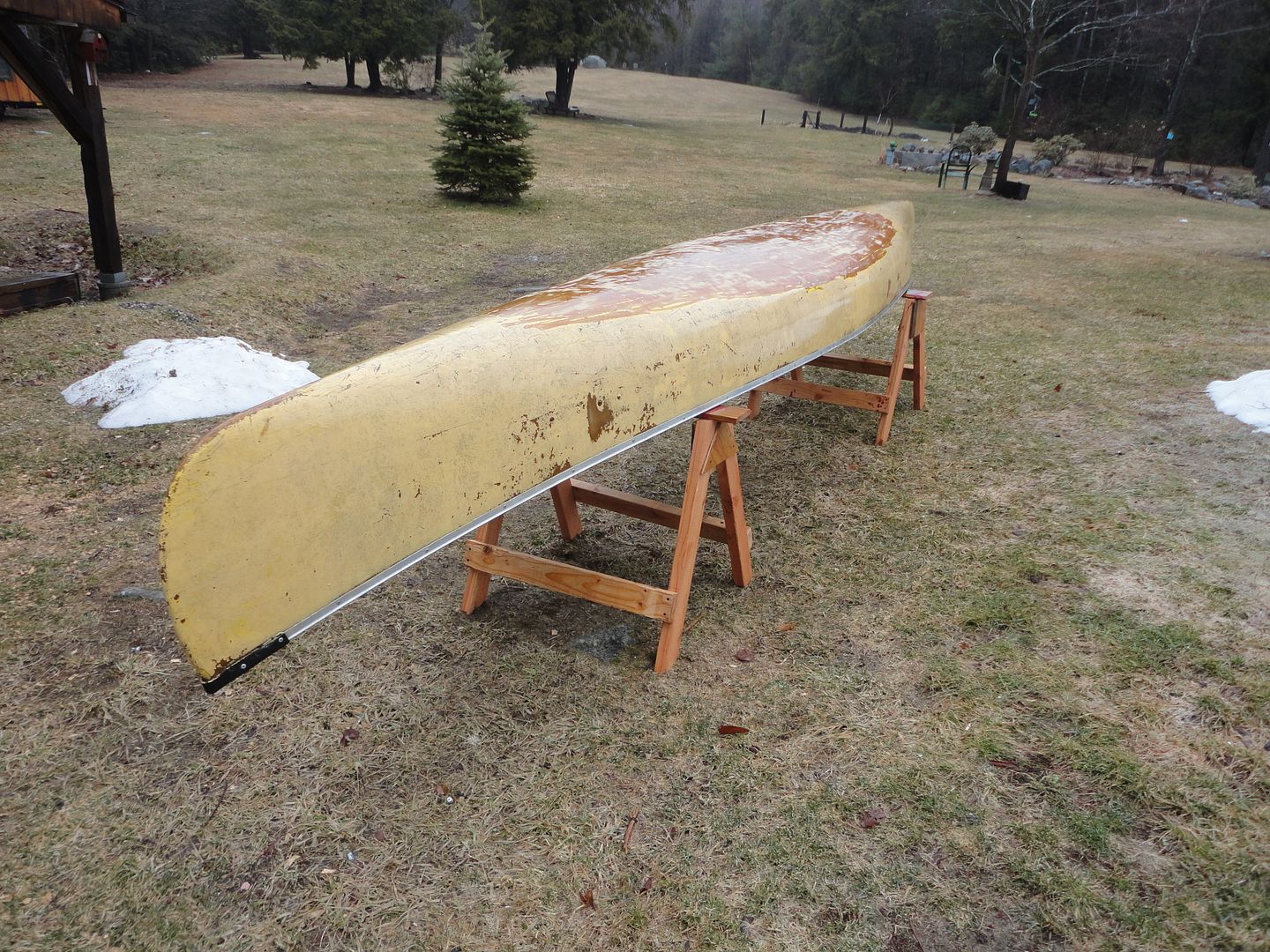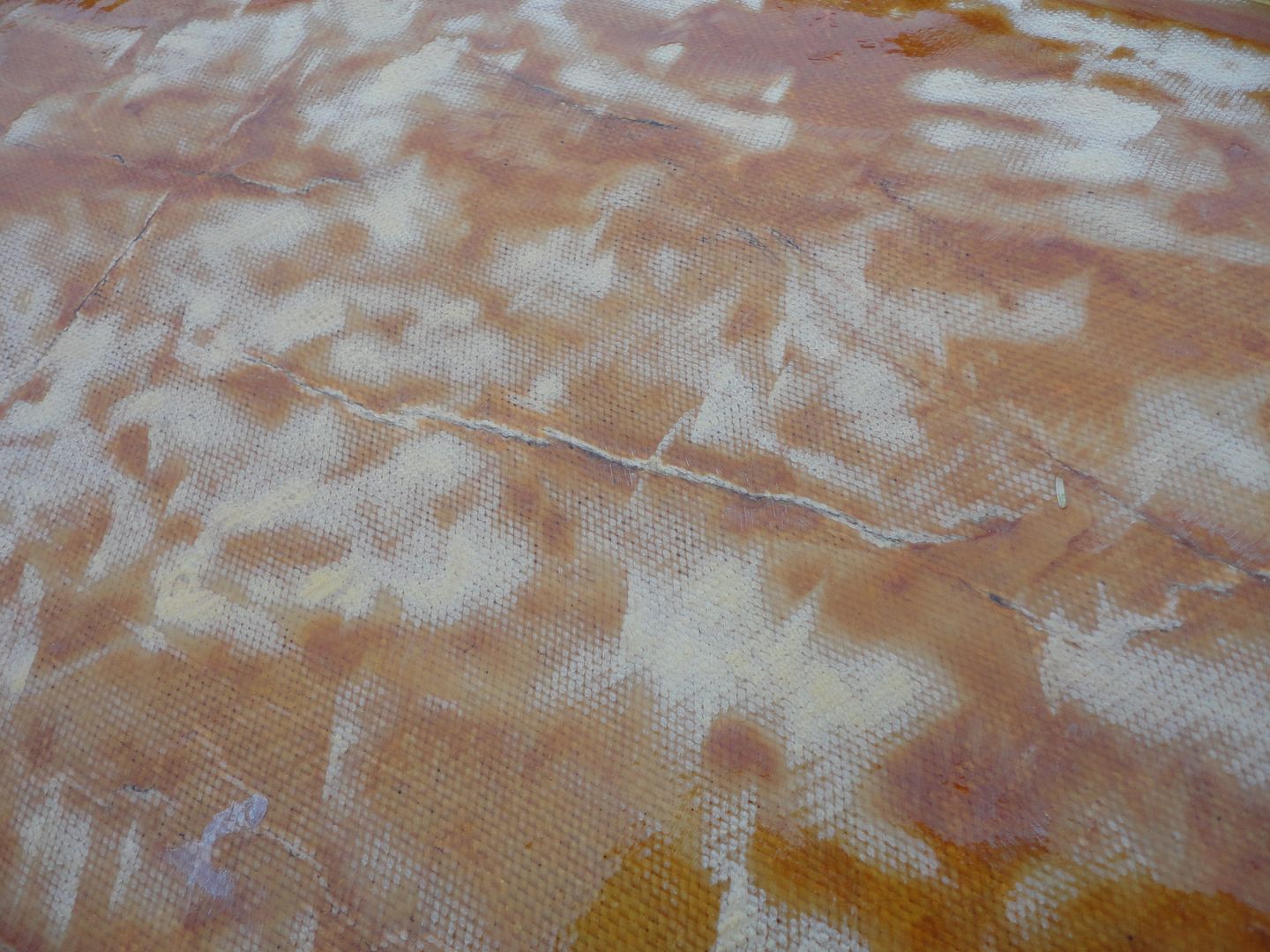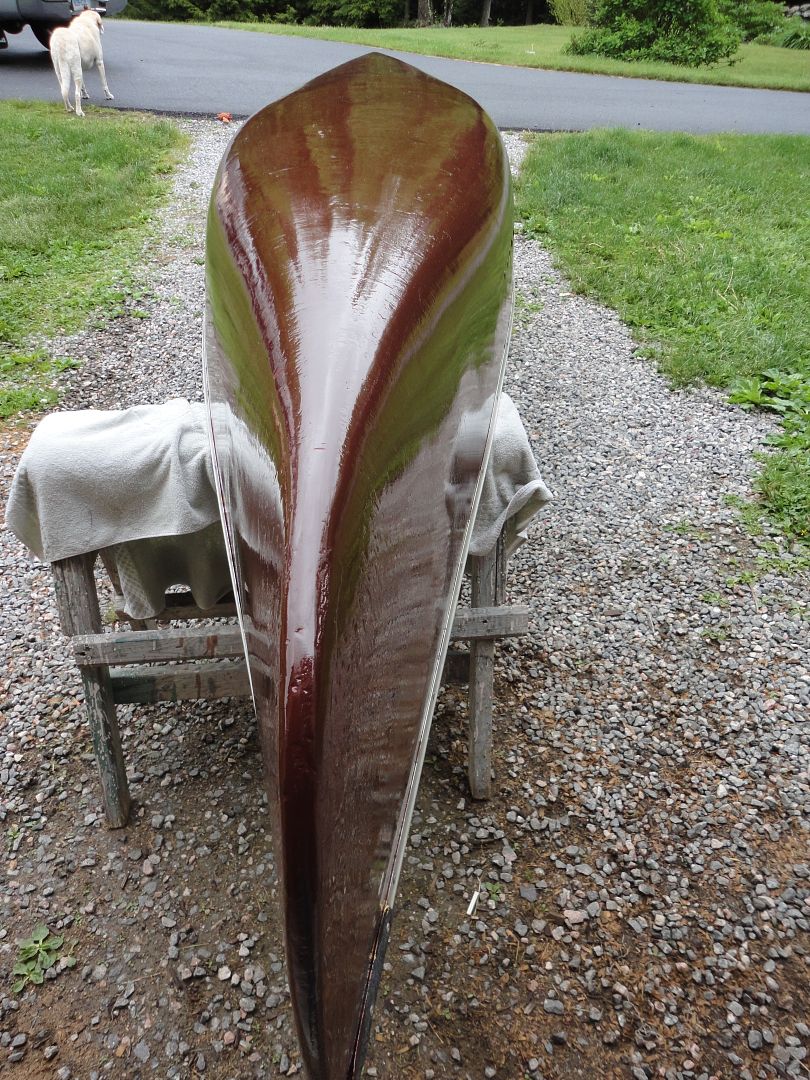Thanks Alan, I'm going to give the Raka epoxy a try. I looked at the Raka website but I'm not sure what I'm looking for. Can you give me the product #'s I should order?
You want their 127 resin, which is the thin stuff.
For hardener on this project I'd choose 350 (non-blushing). This is the slowest setting hardener they have to give you more working time on a larger project. But you'll still need to move quickly.
They also offer slow, medium, and fast hardeners. I like to keep two types of hardener around. I keep the non-blushing and slow on hand in the shop. This lets me mix the two to get whatever setup time I need. It's nice to have fast setting hardener on hand for small projects where you don't want to wait forever for epoxy to setup.
You can either buy it in kits (resin+hardener) or buy them separately. You save a few$ in kit form I believe.
Here's a link to the kit page. Once you click on a link to, for example, the 1.5 quart kit, it will allow you to choose which resin and hardener(s) you want.
http://www.raka.com/epoxy_kits.html
You can buy them individually here:
http://store.raka.com/individual.aspx
The hardeners you'd be interested in are 350, 606, 608, and 610 (non-blush, slow, medium, fast).
If you want to mix non-blushing and fast hardeners I believe you'll have to order individually. In kit form you can mix slow and fast, which would also work.
These are nice rollers for applying it:
http://store.raka.com/highdensityfoamrollercover4.aspx
Here is the frame for them.
http://store.raka.com/rollerframeswithplastichandles.aspx
Choose
4" high density roller frame
I'd figure about 16oz. per coat to do the whole boat. but maybe you only need to do the bottom?
Roll on a thin coat as quickly as you can and then go back over it with a brush to tip out the finish; this will get rid of all the little bubbles. Ideally you'd apply it with another person. One person rolls it on and the other follows behind with a brush to even it out. It should be at least 70 degrees when applied.
When fiberglassing a hull it's a slower process as you need to wet out the cloth. In that situation it's good to mix up smaller bathes (10-15 ounces) so that the resin doesn't kick and get away from you. But if you're not doing cloth application will be much faster and I mix up one big batch. This keeps you from having to stop and re-mix part way through.
Are their deep scratches or gouges to fill? Mix a little epoxy very thick (peanut butter thick) and fill them flush before coating the whole boat. Wood dust works fine but fumed silica is easy to work with and is nearly clear in that application if you ever wanted something to blend into the hull (if not paining over). Just a couple ounces will get you through a few small projects.
http://store.raka.com/fumedsilica-125qt-2oz.aspx
Good luck!
Alan











